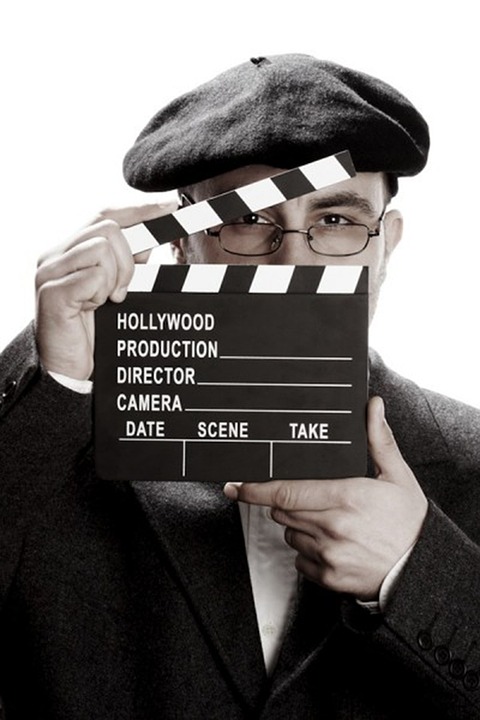The Director’s Cut: A Creative Journey
The director’s cut is often seen as the ultimate version of a film or television show, showcasing the creative vision of the director without any compromises or interference from studios or producers. It is the culmination of months, or even years, of hard work, collaboration, and creativity. But what goes into the process of creating a director’s cut, and how does a director bring their vision to life on screen?
The Initial Vision
At the heart of every director’s cut is the director’s initial vision for the project. This vision is the driving force behind every decision made throughout the filmmaking process, from casting choices to set design to editing. A director’s cut is often seen as the purest expression of this vision, free from the constraints and compromises that may arise during the production process.
Before filming even begins, the director will work closely with the screenwriter to develop the script and storyboard the scenes. This is where the director’s creative vision starts to take shape, and where they will begin to make decisions about visual style, pacing, and tone.
Collaboration and Communication
The director’s vision cannot be realized in isolation. Throughout the filmmaking process, the director must work closely with a team of talented professionals, including cinematographers, production designers, costume designers, and editors, to bring their vision to life on screen.
Communication is key in this collaborative process, as the director must articulate their vision clearly to the rest of the team and ensure that everyone is working towards the same goal. This communication also extends to working closely with the actors, who bring the characters to life and help to convey the director’s vision to the audience.
Shooting and Editing
Once filming begins, the director’s vision is put to the test as they work with the cinematographer to capture the scenes in a way that is visually stunning and emotionally engaging. This may involve experimenting with different camera angles, lighting techniques, and shot compositions to achieve the desired effect.
After filming is completed, the director will work with the editor to piece together the footage into a cohesive narrative that reflects their vision for the project. This involves making decisions about pacing, rhythm, and structure, as well as incorporating visual effects and sound design to enhance the overall viewer experience.
The Final Cut
The final step in the director’s cut process is the editing of the film or television show. This is where the director’s vision truly comes to life on screen, as they make final decisions about what scenes to include, how to arrange them, and how to enhance them with music, sound effects, and visual effects.
This process can be both exhilarating and daunting for a director, as they must make tough decisions about what to include and what to leave out in order to create a final product that is true to their vision. It requires both creativity and discipline to bring all the elements of the project together in a way that is emotionally resonant and visually striking.
Releasing the Director’s Cut
Once the director’s cut is completed, it is time to share it with the world. This may involve screening the film at festivals, submitting it to distributors, or releasing it on streaming platforms. Regardless of the method of distribution, the goal is always to bring the director’s vision to the widest possible audience and allow viewers to experience the project as the director intended.
Releasing a director’s cut can be a nerve-wracking experience for a filmmaker, as they must trust that their work will be received positively by critics and audiences alike. But for many directors, the opportunity to share their vision with the world and see how it resonates with viewers is the ultimate reward for all their hard work and dedication.
In conclusion, the director’s cut is a testament to the creative vision and artistic vision of the filmmaker. It is a labor of love that involves months, or even years, of hard work, collaboration, and dedication in order to bring a project to life on screen. The director’s cut is the ultimate expression of a director’s vision, free from compromises and interference, and is a celebration of the creative process that goes into making a film or television show.
